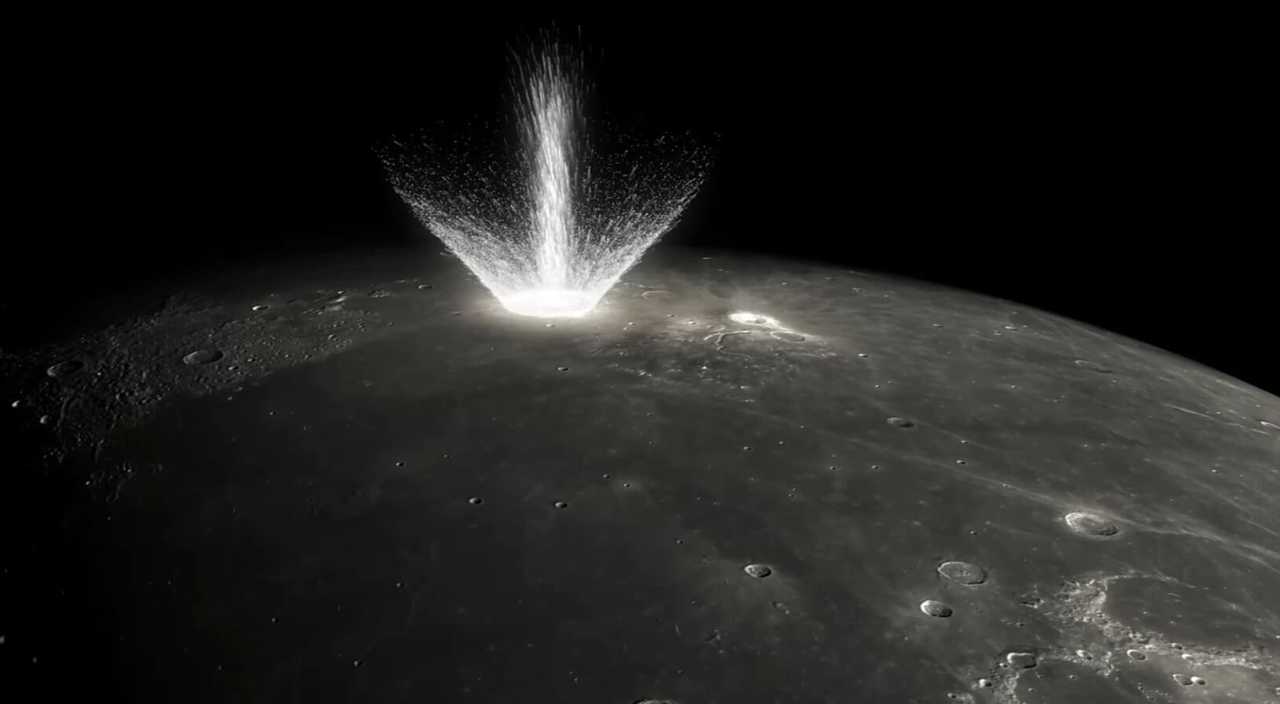Much Ado About Space Junk

Image: Metro UK
🚀🌝 Three tons of space debris is set to crash into the dark side of the moon at ~7:25 am ET this morning. It’s believed to be the first time a man-made spacecraft has unintentionally hit the moon.
- The astronomer who discovered the moon-bound space junk initially thought it was a SpaceX Falcon rocket launched in 2015.
- But, after a month of observation, he said the object was likely a Chinese rocket that sent a test sample capsule to the moon and back in 2014. Both SpaceX and China have denied responsibility for the craft.
- Traveling at 5,800 MPH, the leftover rocket is expected to carve out a crater 33 to 66 feet in diameter, sending moon dust flying hundreds of miles in every direction.
- Given its projected impact location, telescopes on Earth and in space will be unable to witness the crash. It could take weeks – or even months – to confirm its location using satellites orbiting the moon.
🛰️ Zoom out: For now, space junk isn’t a huge concern for the moon. But it’s a growing problem closer to home.
Around 5,100 of the 12,000+ Earth-orbiting satellites launched since 1957 are still operational, per the European Space Agency. There are an estimated 20,000+ pieces of debris four inches or longer currently orbiting the Earth at speeds of up to 17,500 MPH.
+In the know: Since the moon has no atmosphere and effectively no weather, the crater resulting from the rocket's impact will be permanently imprinted on its surface.
Share this!
Recent Science & Emerging Tech stories

Science & Emerging Tech
| March 3, 2022The Big Question Dividing Paleontologists
🦖 Should T. rex actually be three separate species?? The answer is yes, according to a study published this week in the peer-reviewed Journal of Evolutionary Biology.

Science & Emerging Tech
| March 2, 2022UC Berkeley Loses CRISPR Patent Case
🧬 The US Patent and Trademark Office this week ruled that the Harvard-MIT Broad Institute was the first to invent CRISPR/Cas9 gene-editing technology for use in animals, including humans, invalidating claims made by a pair of researchers who won the 2020 Nobel Prize for developing the tech.

Science & Emerging Tech
| February 28, 2022The Device That Kicks Your Heart Into Gear
⚽ Less than nine months after suffering cardiac arrest at Euro 2020 last summer, Danish soccer star Christian Eriksen, 30, returned to the pitch thanks to the help of a medical device known as an implanted cardioverter-defibrillator (ICD).
You've made it this far...
Let's make our relationship official, no 💍 or elaborate proposal required. Learn and stay entertained, for free.👇
All of our news is 100% free and you can unsubscribe anytime; the quiz takes ~10 seconds to complete